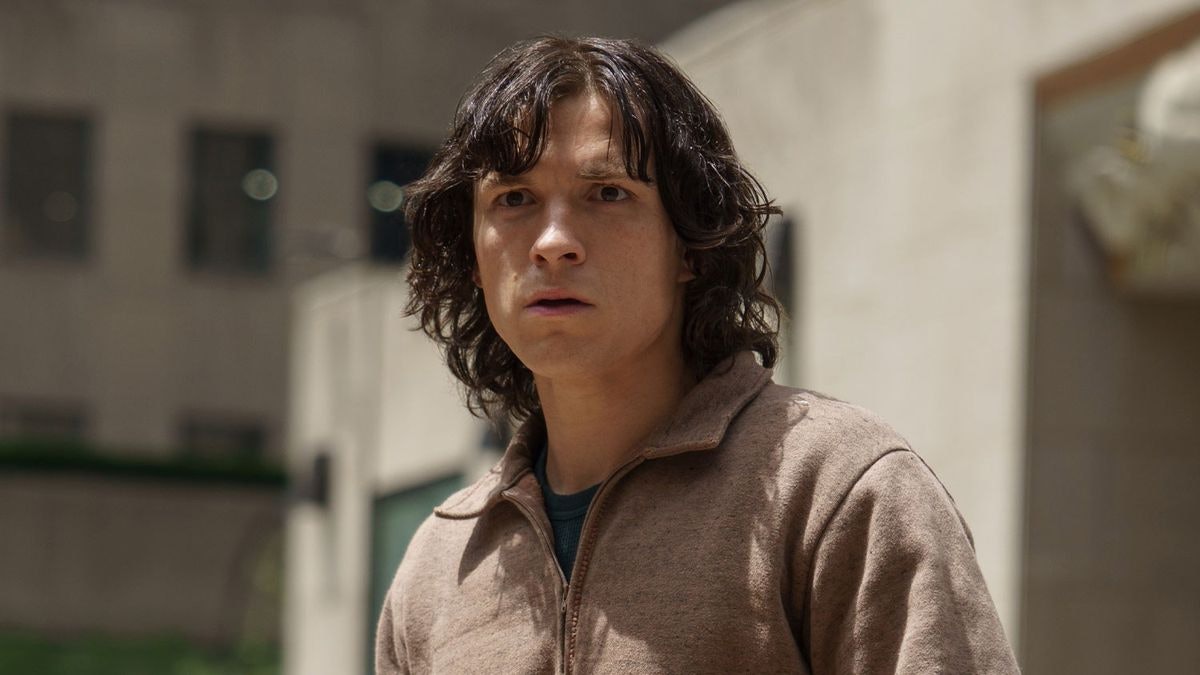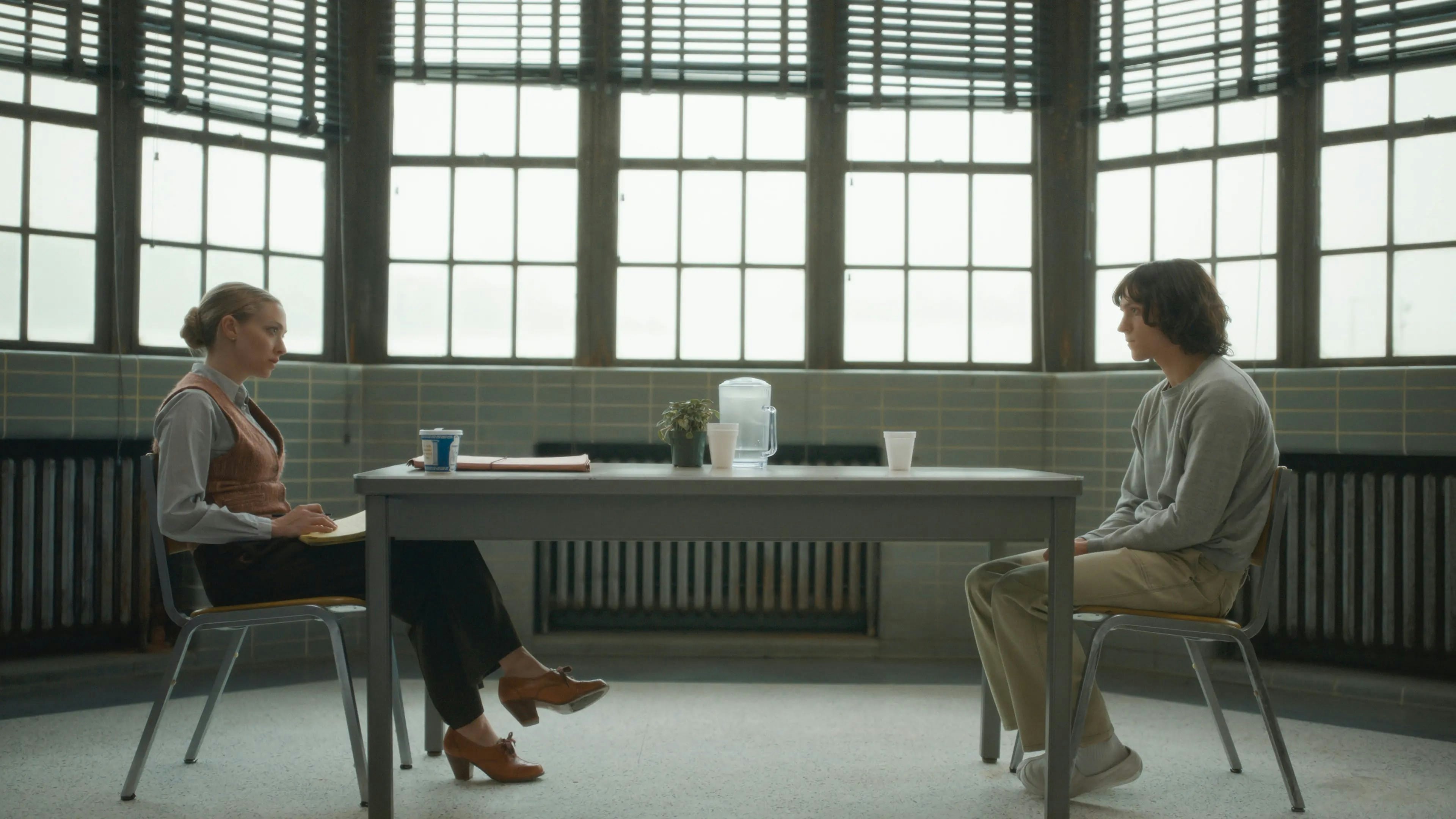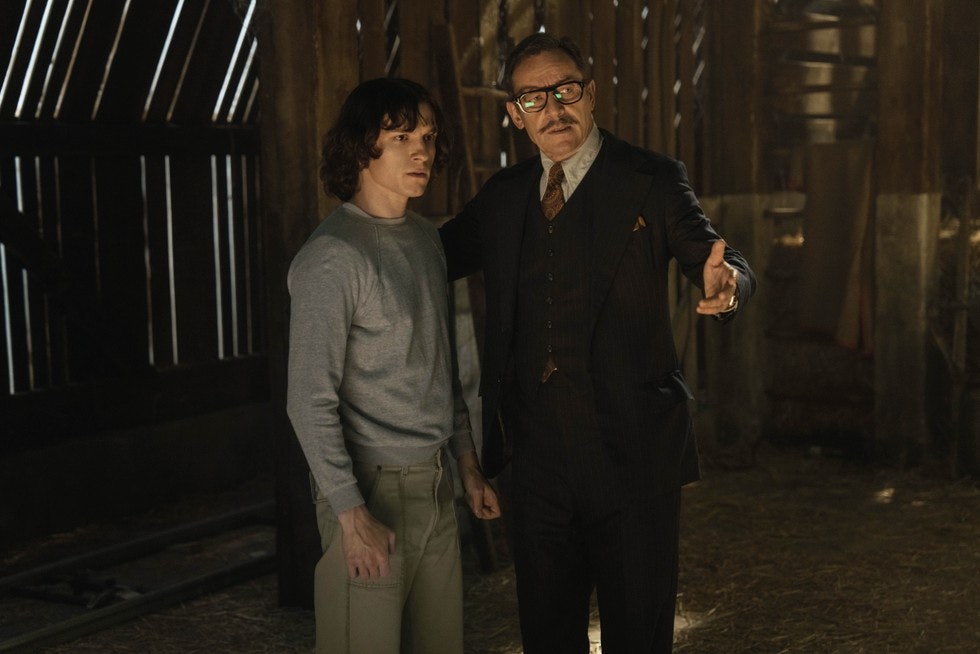
Tom Holland shocked his fans last month when he announced he would take a year-long break from acting to look after his mental health after playing Danny Sullivan in Apple TV’s The Crowded Room. At first, it was difficult to see why — the show, following a young man accused of attempted murder as he reveals his dark past, was hammered in the reviews, and the series didn’t really seem to make a splash.
However, many reviews alluded to a big “twist” in Episode 7. Now that twist is common knowledge: Danny Sullivan is a Host in a Dissociative Identity Disorder system, and the crimes were committed not by him, but by his “alters.” Characters whom viewers thought were Danny’s friends and protectors were actually part of his internal life, and in later episodes, we see them “front,” or present themselves in Danny’s behavior. His accent, posture, and whole personality switches.
This wasn’t much of a twist if you knew where to look. The entire series is loosely based on the real-life case of serial rapist Billy Milligan, who pled insanity due to DID and was found innocent. Daniel Keyes’ book The Minds of Billy Milligan is even credited in the opening sequence, making the late twist a bit less shocking than intended.
What isn’t surprising, however, is how another fictionalized story of Dissociative Identity Disorder is tied with murder. From Dressed to Kill to Split, fictional examples of this disorder are often shown as dangerous, violent people, and The Crowded Room seems to perpetuate that.
“Whenever there's any kind of media that surrounds DID, I lead in with a cringe almost every single time now because it's so misrepresented in media,” Kelly Caniglia, MA, LCMHC, LMHC, CCTP, tells Inverse. Caniglia is a board member of An Infinite Mind, a non-profit that provides resources and advocacy for those living with DID.

Dissociative Identity Disorder, previously referred to as Multiple Personality Disorder, is a trauma response where an individual undergoes something so traumatic that memories, feelings, and traits are fragmented and spread across multiple identities. It’s a surprisingly common occurrence. “1.5% of this population is living with DID. That's more than people than there are redheads,” Caniglia says. “It is so much more common than people realize. And so this is a whole genre of human that we're essentially spotlighting and trying to make a quick buck on.”
To the show’s credit, it’s clear the minds behind The Crowded Room took a responsible portrayal of DID in mind. “We read Daniel Keyes' book, we read articles that align with the topic, we watched films and documentaries, we spoke to experts and specialists in this field,” Tom Holland told Inverse’s Hoai-Tran Bui during the series’ press junket. Caniglia does point to elements that show this research, like the depiction of Danny’s internal space as the eponymous “crowded room,” a space where alters convene and discuss what to do going forward. This internal space is something experienced by some (but not all) DID systems.
But it’s hard to get behind this show as a thoughtful, considerate reflection on this disorder when it’s treated as a “gotcha,” like a narrative twist that’s full of shock and awe, not something that is simply a part of who the character is. Still, Tom Holland defended the choice. “What's really important about our show is to understand that there's more to Danny than just his DID. We wanted audiences to get to know him as a human being before people make assumptions about this mental health issue, this affliction that he has,” he said.

To Caniglia, the twist was low-hanging fruit. “There are so many pieces to DID that are not widely understood,” she said, “So it's fascinating to those that don't know it and it's fascinating to think about, ‘What? This one body has 50 people inside of it? What does that look like? How does that work?’”
So what could this series do to portray this disorder in a more sensitive light? For Caniglia, it could be as simple as a disclaimer that this is one DID story, or any other way of using this show’s high-profile platform in order to spread awareness of just what DID is in our world beyond the violent stereotypes.
She also pointed out there are other works that are working against this archetype, like filmmaker Dylan Crumpler’s short film Petals of a Rose, or even Marvel’s series Moon Knight. It was still a violent portrayal of a DID system, but it showed a hero as someone living with DID. The population finally had positive representation they could look to: a literal superhero. Considering the past depictions, that’s a big step.
The Crowded Room is a gripping story that does attempt to show that DID is nothing more than a self-preservation technique, but it’s still perpetuating harmful stereotypes, even if it’s based on a true story.
“Representation is so important,” Caniglia says, “And this population is already so marginalized that though this piece is entertaining and has points of great execution, it still reinforces the rhetoric of people with mental illness, in this case DID, are dangerous.”







